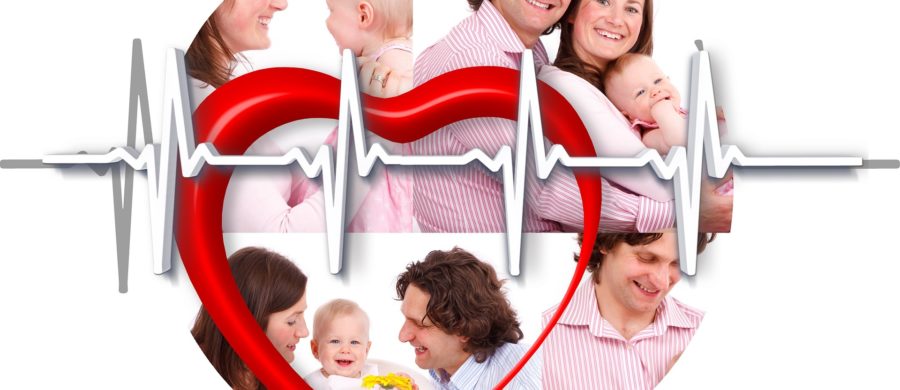WHAT IS A BABY SHOWER AND WHAT ARE ITS BENEFITS
Celebrations in honor of the baby and the future mother have been known to the world for centuries. The latest trend is from the US – the so-called baby shower, which is gaining popularity in Bulgaria.
HOW IS A BABY SHOW ORGANIZED
Most often the organization is done by a close friend of the pregnant woman – future mother deserves some rest after all. In the US, the party takes place several weeks before the baby is born. Bulgarians, however, are painfully superstitious about celebrating an event that hasn’t yet taken place. If this is your case you can combine trend and tradition. Just do the baby shower on the 40th day after birth, as the custom says.
Usually only women are invited. Food includes mostly desserts and soft drinks as the celebration is often held at daytime. Many bakeries offer specially decorated biscuits and cakes. Of course, you do not have to stick to these „rules“ and you can make your celebration as unique as yourself!
WHAT TO EXPECT
Although most of us associate baby showers with lots of gifts, they are not just for that. Their idea is to create a cozy atmosphere where the pregnant woman can get valuable advice on the baby’s birth and motherhood by more the experienced than her.
Of course, gifts are the other key element of the celebration. We all know how expensive a child is to take care of. To avoid duplication, you can make a list of what you need. For convenience, you can use online shopping sites‘ wishlists.
Many future mothers also include various games in the program. Some guess who the baby will look like, others compete who will put a diaper on a doll the fastest – having fun is important especially during the worrisome weeks before delivery.
GIFTS IDEAS
A practical gift or a nice memory? The most important thing is to have a high quality. It is popular in Bulgaria to buy the newborn gold jewelry – a good investment and always in fashion. You do not have to do it, especially if your budget doesn’t allow it or the family has more urgent needs. If you are not sure what to buy, a gift card, money or just asking is your safest choice. ORIGINAL GIFTS FOR NEWBORNS



















